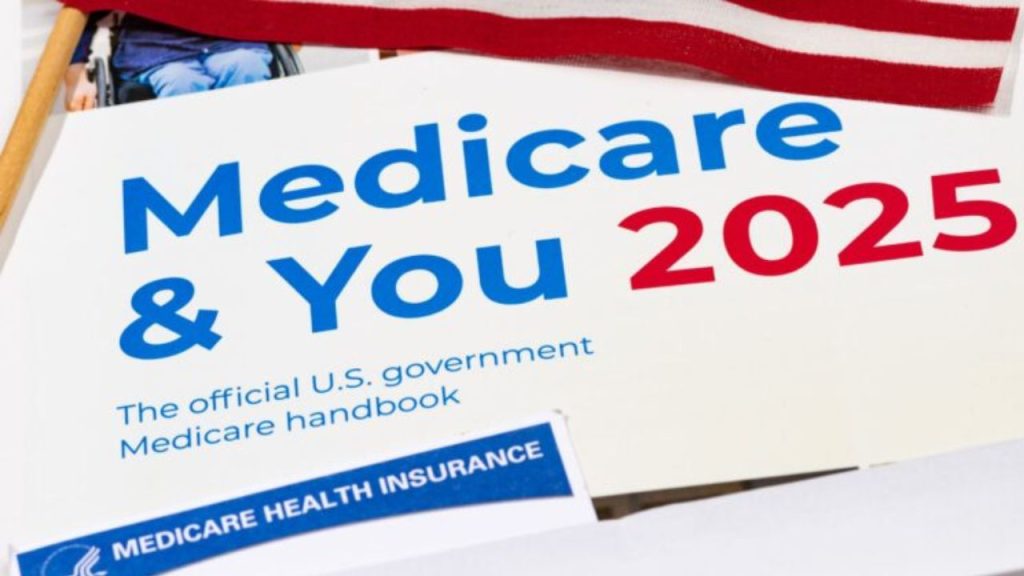A concerning report has been released, stating that Medicare Advantage plans obtained $4.2 billion in extra payments in 2024 by making home visits to elderly beneficiaries who may not have needed them for serious illnesses. Issued by the Office of Inspector General for the Department of Health and Human Services, the report zeroed in on the health risk assessments (HRAs) performed.
These HRAs are usually reserved for diagnosing Medicare enrollees with serious health issues that make it hard for them to leave their homes. They are a crucial part of the service, as they also serve as an assessment for higher risk-adjusted payments for Medicare Advantage plans. This means insurance companies would get paid more for their care, and the misuse of these HRAs could negatively impact the overall funds of the program, hence the launched investigation.
The analysis was not favourable to many insurance companies, stating that UnitedHealthcare collected $3.7 billion of risk-adjusted payments last year, making it the biggest benefactor of the practice, followed by Humana, with $1.7 billion, and that many of those assessments were not necessary.
UnitedHealthcare disagreed vehemently with the study, deeming it “A misleading, narrow and incomplete view of risk adjustment data is being used to draw inaccurate conclusions about the value of in-home care for America’s most vulnerable seniors in Medicare Advantage.” They continued explaining that the performed home visits, which typically last for 45 to 60 minutes, were provided by “highly trained and board-certified advanced practice clinicians are among the most comprehensive and thorough assessments of a patient’s health and physical environment available in the healthcare system, helping to identify and drive needed follow-on care for the vast majority of the patients with whom we engage.”
Humana spokesman Kevin Smith further clarified that “HRAs are tools recognized by CMS and help ensure Medicare Advantage members receive better care and health outcomes. These assessments complement and support the care provided by primary care physicians, and patients are always referred back to their physicians for follow-up care. We will continue to work closely with CMS and policymakers to improve HRA transparency and accuracy measures and to ensure the highest standards of care and compliance.”



